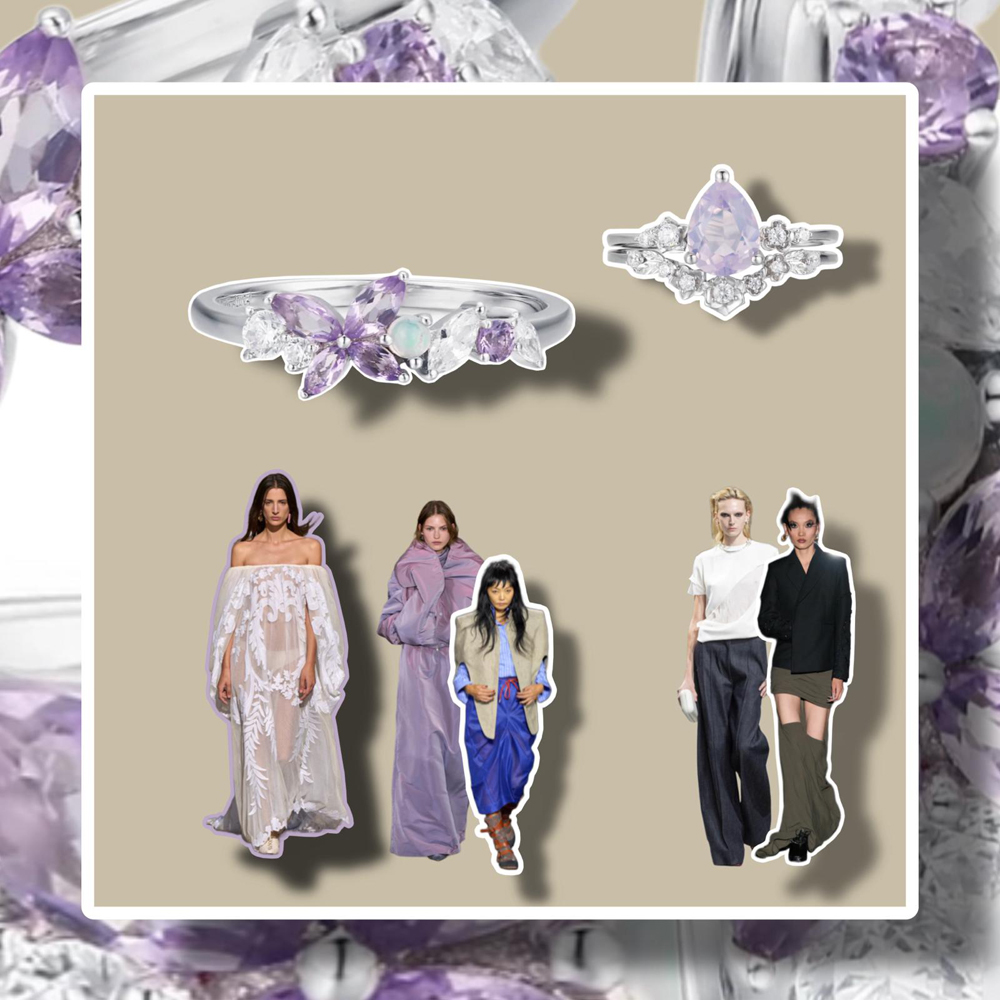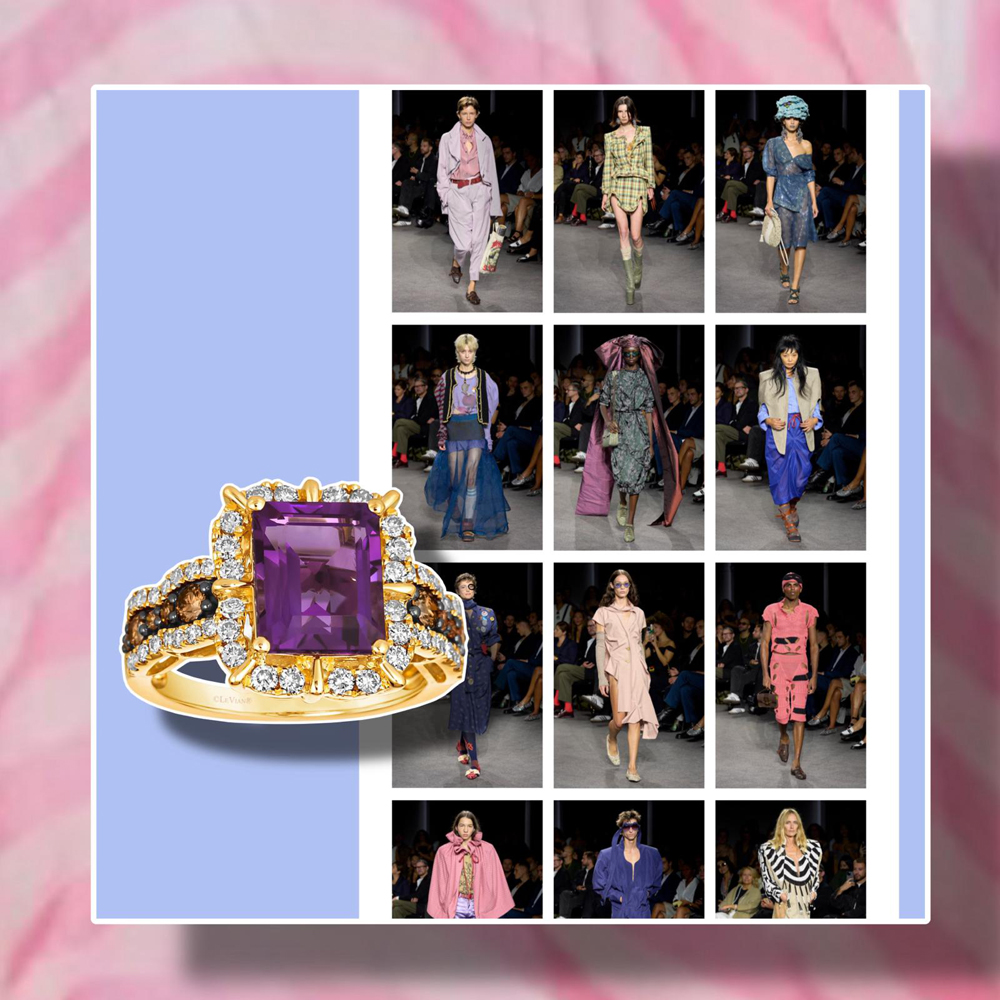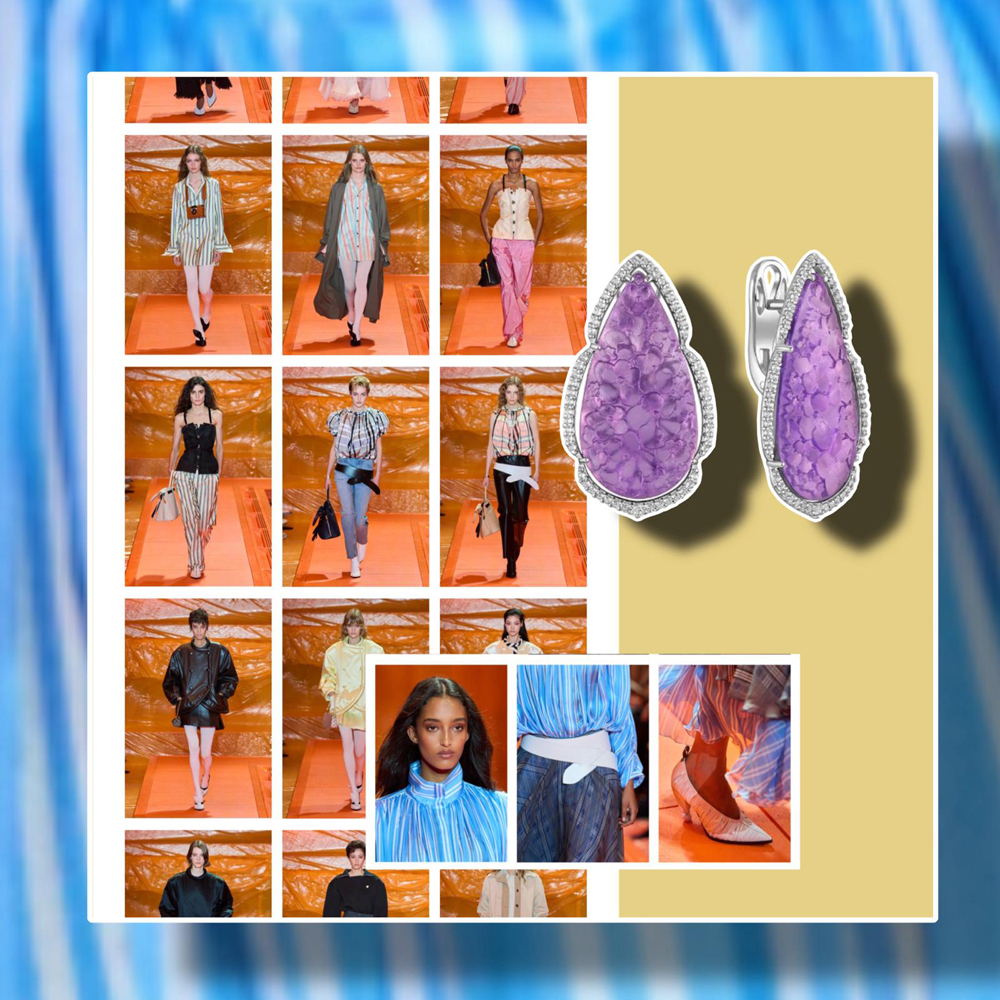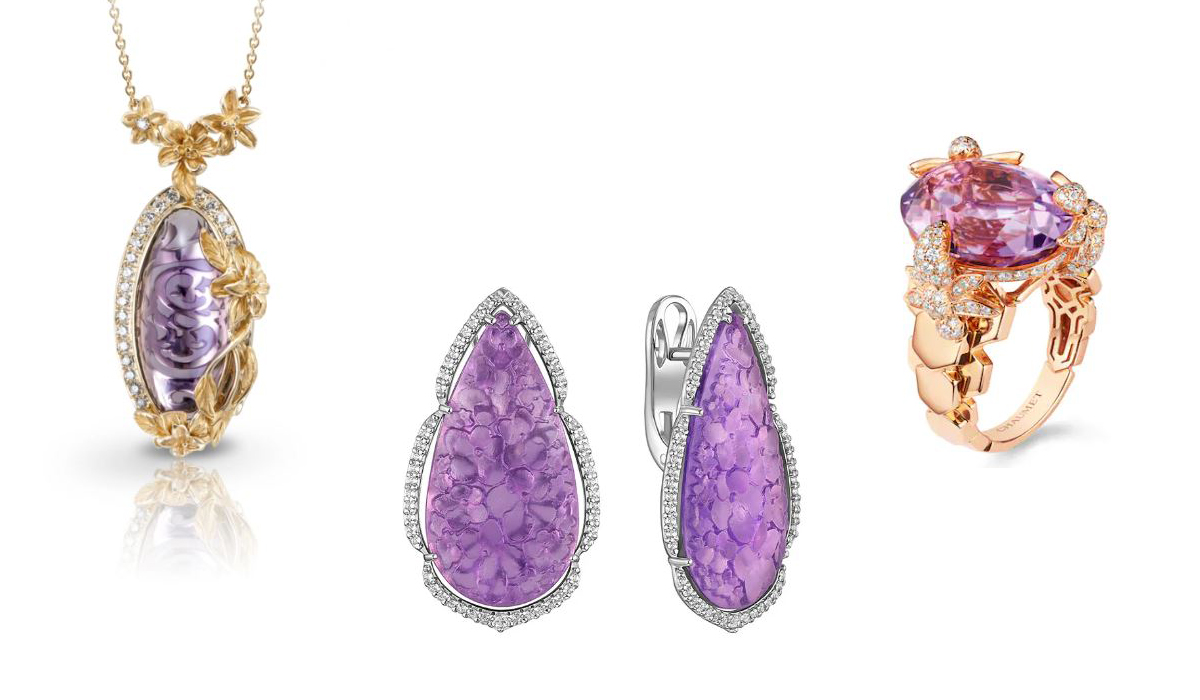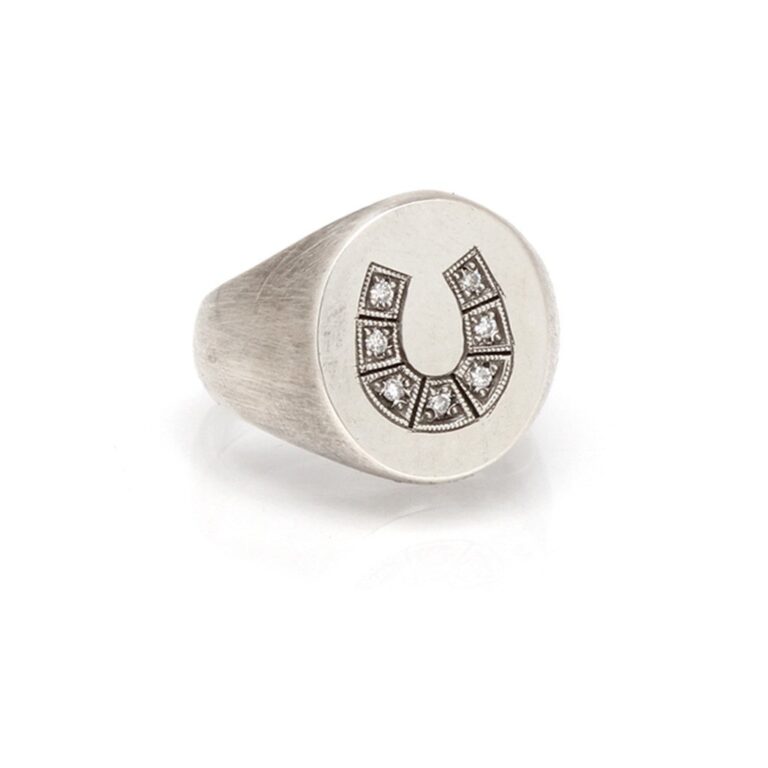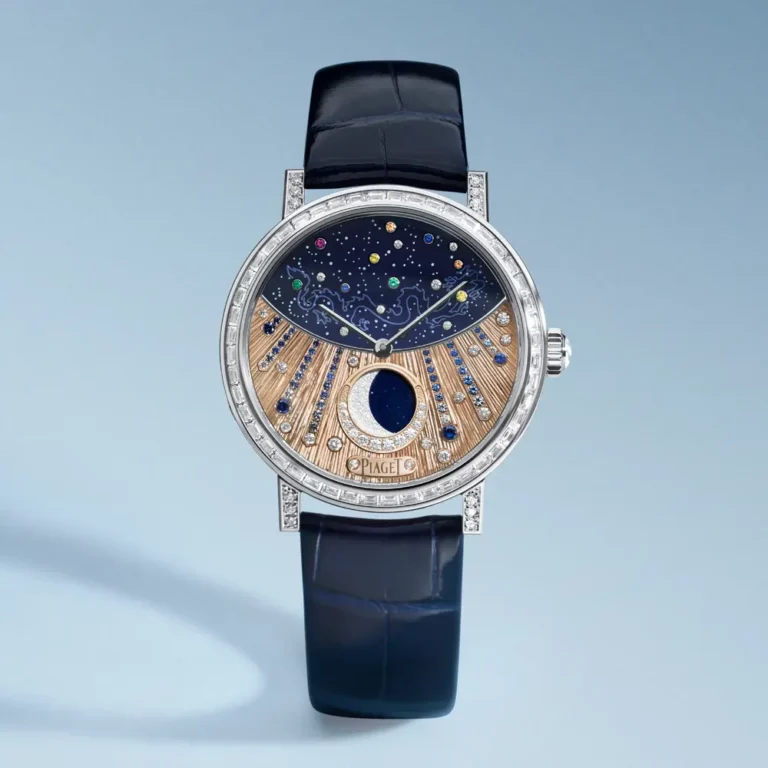Amethyst is a member of the quartz family and is a gemstone that has captivated humanity for millennia. Its rich, vibrant color, ranging from pale to deep purple, catches the eye and inspires admiration. Although often associated with fine jewelry, amethyst also has a rich mythological history, mystical properties and practical applications that make it a highly valued stone. Let’s find out the February birthstone and gem for the 6th and 17th wedding anniversary.
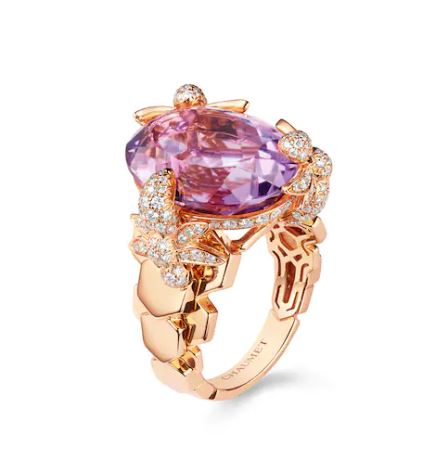
Amethyst forms from naturally irradiated quartz crystals and contains iron in its structure, which gives its characteristic pale to deep violet color. Amethyst deposits are often associated with geothermal and volcanic areas, where the formation process involves particular temperature and pressure conditions. Inclusions, although often considered imperfections, can provide crucial information about the stone’s origin and authenticity. Typical inclusions in amethyst include quartz crystals, iron deposits, and sometimes liquid inclusions called “swell veins.” The presence of bands of color can also influence the value of amethyst, with examples exhibiting a uniform color considered more valuable.
Although some of the largest quantities of amethyst come from Brazil and Uruguay, other regions of the world are also important sources. Amethyst from Russia, South Africa, and North America offers a variety of hues and shades, allowing gemologists to explore the diversity of this gemstone. Some unique varieties of amethyst include “Rose de France”, which features paler, delicate hues, as well as “Siberian” amethyst, known for its intense purple.
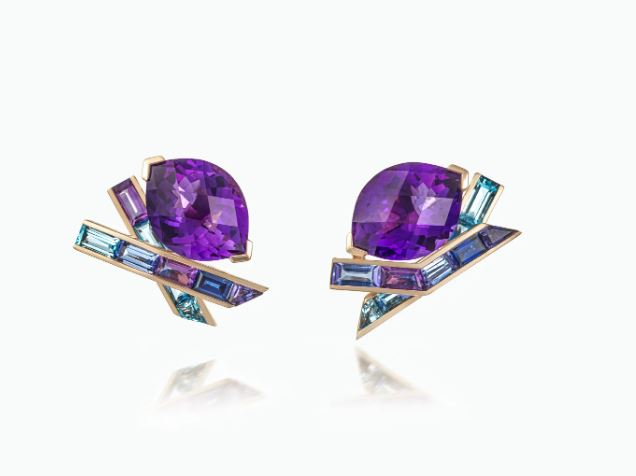
Amethyst gets its name from the Greek word “amethystos”, meaning “not drunk”. In ancient Greece, it was believed that amethyst could protect its wearer from drunkenness, hence its association with sobriety. The Romans called amethyst Bacchus. In other cultures, it was considered a sacred stone, used in jewelry making for protective amulets. It is one of the emblems of the twelve apostles. Bishops’ fingers are often adorned with magnificent amethysts, as are the coronation regalia of British royalty.
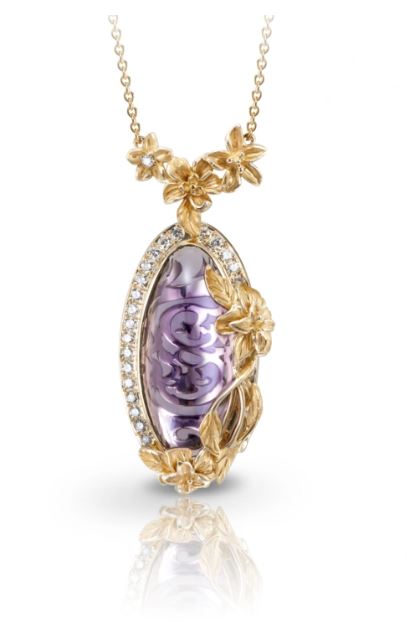
On a spiritual level, amethyst is often associated with wisdom, mental clarity and meditation. Some believers believe it has the power to calm the mind and encourage spiritual growth. One of the most alluring characteristics of amethyst is its color palette. From delicate light purple to deep royal purple, this stone offers a variety of hues that can evoke feelings of calm, spirituality and mystery. Some specimens feature varied areas of color, creating a unique and captivating visual effect.
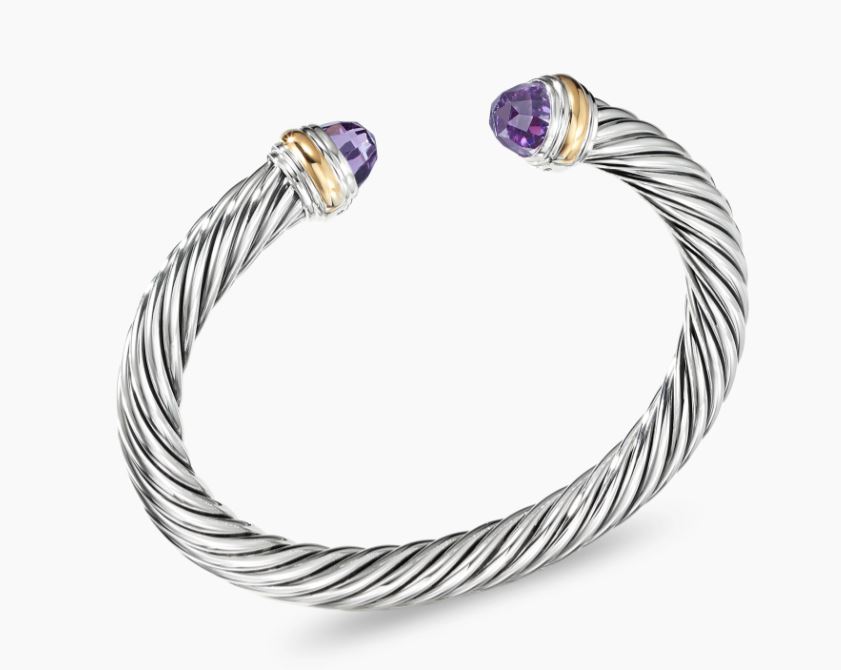
Beyond its mystical aspects, amethyst also has practical applications. It has been used in jewelry for centuries, adorning necklaces, rings, earrings and other elegant pieces. Amethyst is considered to have a hardness of 7 on the Mohs scale. Its relatively high hardness makes it suitable for daily use. Although amethyst is a durable stone, it requires proper care to maintain its beauty. Avoid prolonged exposure to direct sunlight, as this may alter its color. Clean it with a soft cloth and avoid the use of harsh chemicals.
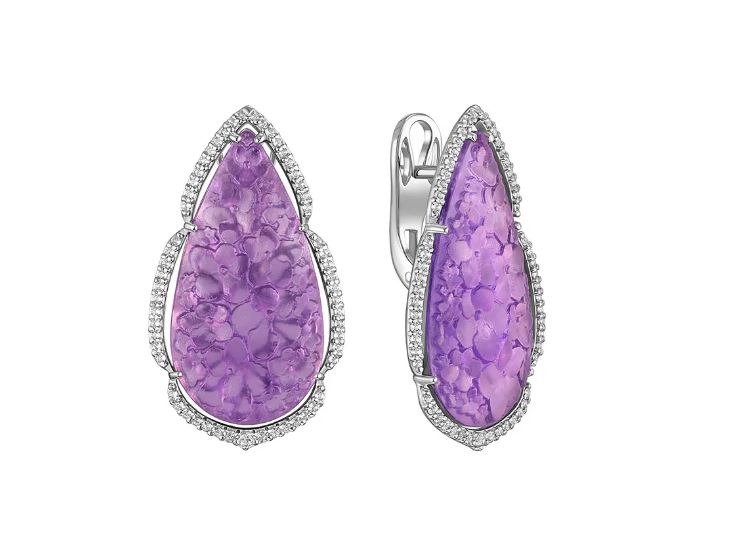
Even today, this purple gem continues to fascinate precious stone lovers around the world. For both royal and everyday jewelry, amethyst offers a captivating experience that transcends the boundaries of gemology, seducing lovers of beauty and mystery.
